There are two independent methods to define protection zones in accordance with the normative document IEC 62305. This is:
- determination of the protection zone in accordance with the angle α;
- rolling sphere method.
The article will consider both these options, as well as the features of using lightning protection meshes.
Determination of protected areas in accordance with the angle α
When designing, the choice of lightning rods is based on the calculation of protection zones. It is considered that the object is reliably protected in case if it is completely within the lightning protection zone. When using rod-shaped lightning rods, its protection zone is in the form of a cone. Inside of which there is the protected object. The value of the angle depends on the height of the lightning rod, fixed on a flat plane near the protected object. The height of the lightning rod is measured from the beginning of the surface to be protected.
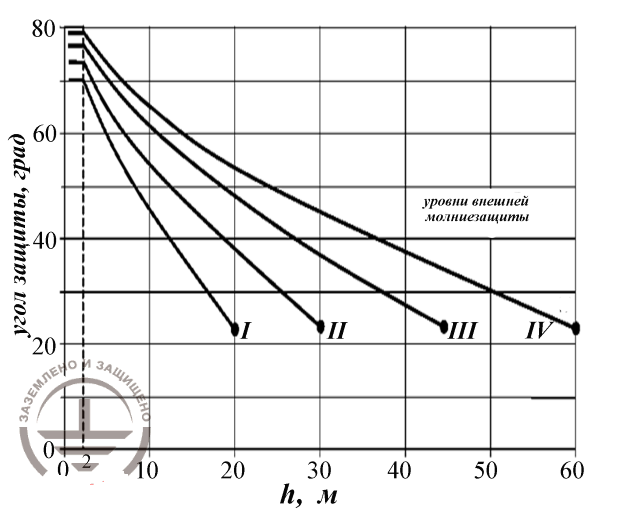
Figure 1. Levels of external lightning protection by angle of protection
It is assumed that there is some dependence of the change in the protection angles from the change in the height of the lightning rod installation. Here the lightning protection levels 1, 2, 3, 4 correspond to the values of the protection reliability: 0.98, 0.95; 0.9; 0.8 The technique for calculating the protective angle is not highlighted in IEC 62305. To select the protection angle, it is suggested to use the data from the charts. The grounds for choosing certain protection angles and their correspondence to the accumulated experience of real operation of lightning rods of various designs are not known for certain. Neither the results of the experiments that preceded the receipt of these data are known.
The only reliable information today is the data collected by the CIGRE for high voltage power lines. They touch a rather small range of heights and large distances of the ctenary wire lightning rod suspension over the protected wire. However, the use of these data for the methods proposed by GOST R IEC 62305-1-2010 presents certain difficulties.
In accordance with the protective angle method, it is possible to reliably determine the protection zone only within the preset values of the elevation of the lightning rod above the plane where the object to be protected is located.
In practice, this means that if the height of the lightning rod is 20 m, we will get a reliability of 0.98. This value will correspond to lightning protection level 1. The angle of protection will be equal to 22.5. Consequently, objects that lie at the distance of not more than 8.3 meters from the lightning rod can be considered as reliably protected from impact of lightning strike. The standard EIC 62305 doesn't give the answer how effective will lightning protection be if to increase the height of the lightning rod for example, up to 20.5 meters.
Rolling sphere method
When using the rolling sphere method, the boundaries of the protected zone will be determined from the trace left by a sphere of a certain radius in case that it swept around the rod lightning rod, as shown in Fig.2
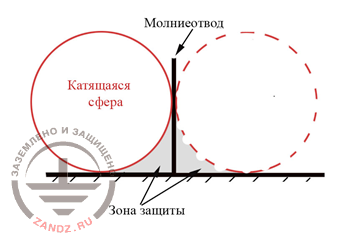
Figure 2. Lightning protection by rolling sphere method
Now let's consider the drawing shown in Figure 3. It shows how much the protection zones, calculated by different methods, do not coincide. For example, at the height of 30 meters, the protection radius, calculated using the rolling sphere method, will be substantially less than the radius found using the angle protection method.
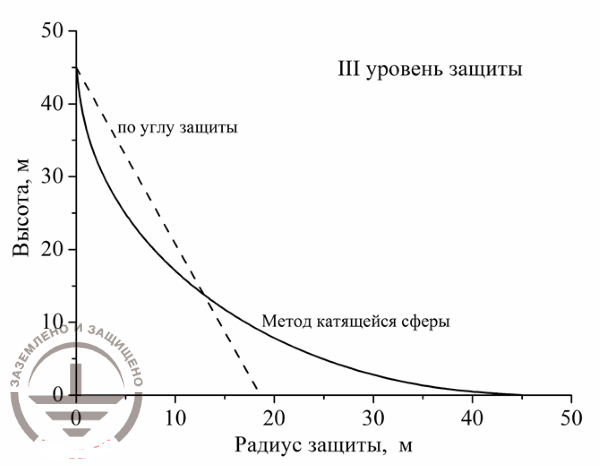
Figure 3. Comparison of lightning protection calculation method
The opposite situation is observed at the ground level. It is not possible to find any explanation in the standard, defined by GOST R IEC 62305-1-2010. When using the rolling sphere method in a similar situation, it is also impossible to obtain any intelligible explanations. If to make the height of the lightning rod higher than the radius of the rolling sphere, this will have absolutely no effect on the dimensions of the protection zone.
Let's see which of the well-studied features of the lightning rods' operation are reflected in the normative document IEC 62305. Let's start with the most famous fact, which is confirmed by many decades of using lightning rods. All lightning rods reliably protect the object only if they are located at a considerable height above it.
If you make a lightning rod equal in height to the protected object and place them in the same plane, then the protection factor will not exceed 0.5. From this it can be concluded that the upper point of the protection zone should always be below the top of the lightning rod. The dimensions of which are directly proportional to the required reliability of protection.
This well-studied principle of operation of lightning rods is completely ignored in GOST R IEC 62305-1-2010. Moreover, proceeding from the IEC documents, it can be concluded that the protection zone calculated with the help of these two methods can somehow start right at the very top of the lightning rod. Thus, IEC standards make it necessary not to consider the increase of height of the lightning rod during design, as a way to increase the protection zone or increase its reliability. Ambiguity of using the rolling sphere method
Let's study another example. In Figure 4, the protection is constructed in full compliance with all the rules of application of the rolling sphere method.
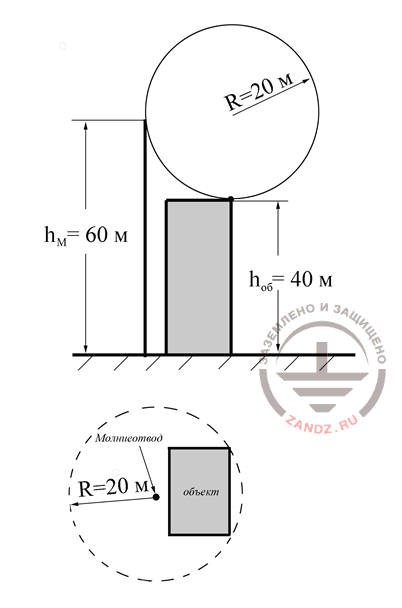
Figure 4. The construction of protection according to the rules of the rolling sphere method
In this case, a metal rod 60 m long was taken. The protected object 40 m high is located here too. It can be seen from figure 4 that it did not fit the protection zone in full volume. If to lay grounded tapes on the edges of the roof at some distance, then they will take the functions of lightning rods upon themselves. According to the standard IEC 62305, in this case, most of the space above the object, including the object itself, will be protected with a reliability of 0.98, which completely contradicts the physical laws of the origin of gas discharges. Application of lightning protection meshes in the IEC standard. Much attention is paid to the use of lightning protection meshes in EIC. According to the IEC version, the use of mesh, measuring 5х5, 10х10, 15х15,20х20 meters, gives a guaranteed protection, which will correspond to 1, 2, 3, and 4 levels. In this case, the metal mesh can be laid directly on the roof. Provided that it will be made of non-combustible materials. If the roof is made of easily combustible materials, the mesh should be mounted at the distance of ϫh = 0.15 m.
It means that for reliable protection up to 0.98 there is no need to provide an elevation of lightning protection mesh above the roof of the protected building.
When trying to assess the success and usefulness of using a mesh by the rolling sphere method, we get the result that will entirely depend on the height of its location above the roof surface. A metal mesh in which D will provide protection of an absolutely flat roof provided:

R is the radius of the rolling sphere here.
The result of the analysis is not encouraging. The normative document IEC 62305, offered for use, does not explain in any way where the data specified in it for the protection angles and the radii of the rolling sphere comes from. At the same time, there is no way to obtain at least remotely similar results using these three methods.
The material was created on the basis of an article by Professor Eduard Meerovich Bazelyan "Selection of lightning arresters in the IEC standard".
See also:
- Useful materials for grounding and lightning protection designers (articles, manuals, guidelines)
- Design of grounding and lightning protection (projects in DWG and PDF formats)
- Webinars for designers and electricians with the leading experts
- Become a partner and join the ZaNDZ.com Club of Experts
- Equipment for grounding and lightning protection
Related Articles:
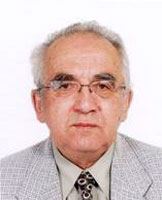 Lightning protection of residential and public buildings - answers to frequently asked questions in the design
Lightning protection of residential and public buildings - answers to frequently asked questions in the design

 Lightning Protection of Large Territories: Parks, Grounds, Plant Territories. Page 1
Lightning Protection of Large Territories: Parks, Grounds, Plant Territories. Page 1
 Lightning Protection of Large Territories: Parks, Grounds, Plant Territories. Page 2
Lightning Protection of Large Territories: Parks, Grounds, Plant Territories. Page 2
 Lightning Protection of Large Territories: Parks, Grounds, Plant Territories. Page 3
Lightning Protection of Large Territories: Parks, Grounds, Plant Territories. Page 3

